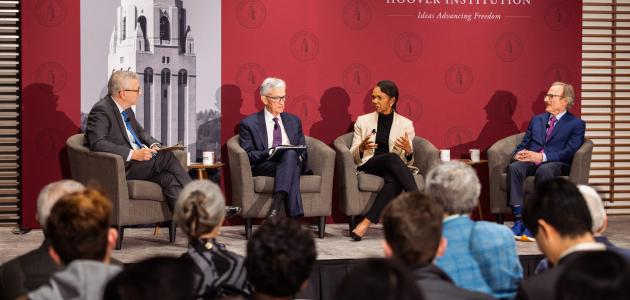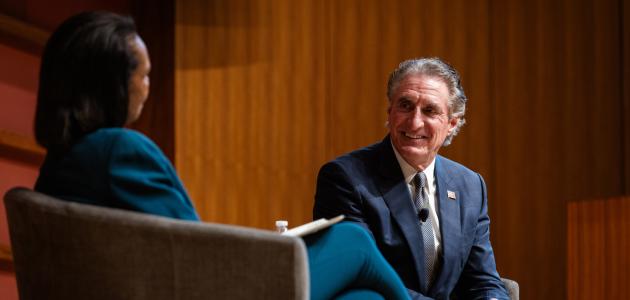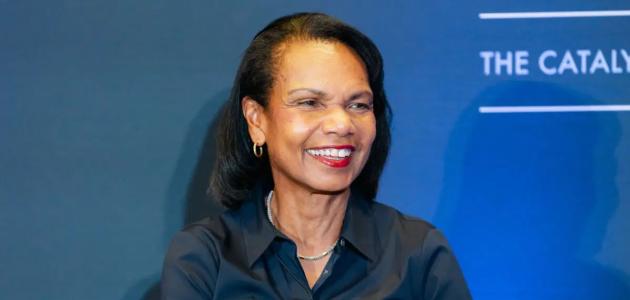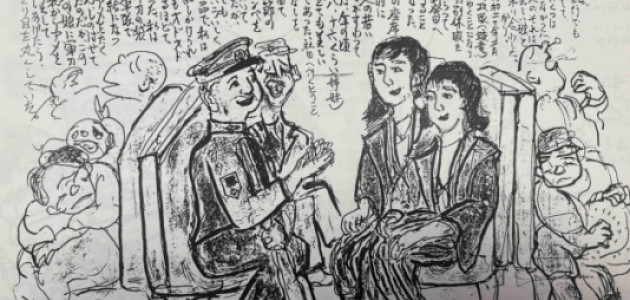Ignore the panicky headlines about a nationwide shortage of qualified public school teachers. Such fears are unfounded, according to new research by University of Missouri economist Michael Podgursky in the spring issue of Education Next, on newsstands March 1.
Podgursky points out that the most recent U. S. Department of Education's Schools and Staffing Survey shows that 90 percent of public school teachers have regular state certification in their primary teaching area. Administrative data from school district report cards reinforce these findings, even in states that are said to have the most significant problems.
The idea that there is a national shortage of qualified teachers is largely a myth," Podgursky said.
In addition, Podgursky's research shows that teachers' pay is, in fact, competitive with that of many other professions. Data from the U.S. Department of Labor and the Census Bureau reveal that teachers' weekly pay is similar to that of architects, engineers, managers, and administrators and 20 percent above that of computer programmers, librarians, and nurses. Teachers enjoy an even larger premium in weekly salary when compared with clinical lab technicians, police detectives, and social workers.
Podgursky also points out that the fringe benefits teachers enjoy compare favorably with those in the private sector. Insurance and retirement contributions, for example, are a substantially larger percentage of total compensation for teachers compared with employees in the private sector.
When it comes to qualified teachers, virtually no school district is in full compliance with licensing laws, explains Podgursky. The problem, however, does not lie with the supply of qualified teachers, but in Byzantine teacher licensing laws and the dynamics of the teacher labor market.
At the district level, natural market dynamics result in roughly 10 percent of teaching positions turning over each year, Podgursky explains. Many of the exits are temporary, for child rearing or other family matters, and approximately one-third of district-level turnovers are interdistrict transfers of experienced teachers.
According to Podgursky, most of the "out of field" teaching in public schools would disappear overnight if states were more flexible in their licensing standards, either issuing a single license in K-12 teaching, as they do in medicine, law, and other professions, or aggressively developing alternative licensing routes.
Reforming teachers' current salary structures would also help. Single salary schedules for teachers impose identical pay across hundreds of schools that often differ greatly in their attractiveness as places to work. With no incentive for teachers to work where they are most needed or in subject areas where special skills are required (math and science, for example), shortages and recruitment difficulties are virtually guaranteed. Ultimately, says Podgursky, by suppressing performance- or field-based pay differentials, these schedules may be driving highly able teachers out of the profession.
For more on Michael Podgursky's research on qualified teachers, read Is There a 'Qualified Teacher' Shortage? Now online at www.EducationNext.org.
Michael Podgursky is a professor of economics at the University of Missouri-Columbia.
Education Next is a scholarly journal published by the Hoover Institution that is committed to looking at hard facts about school reform. Other sponsoring institutions are the Harvard Program on Education Policy and Governance, the Thomas B. Fordham Foundation, and the Manhattan Institute for Policy Research.













